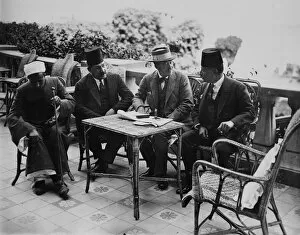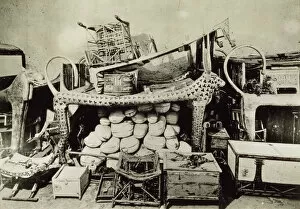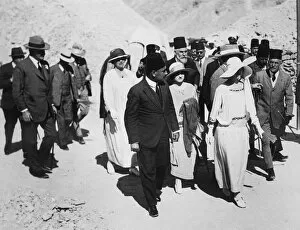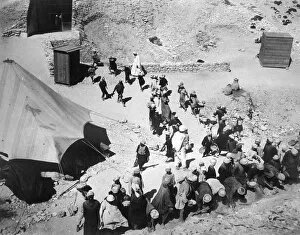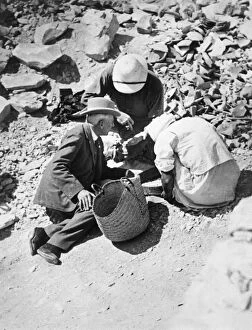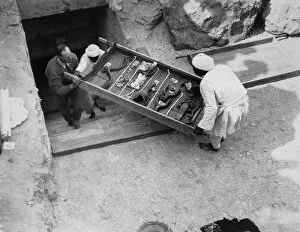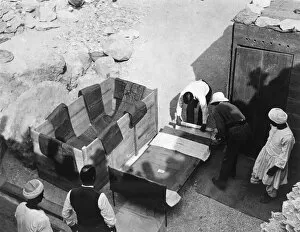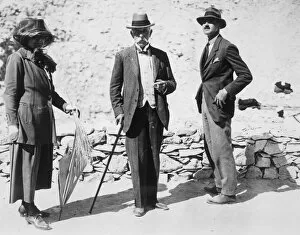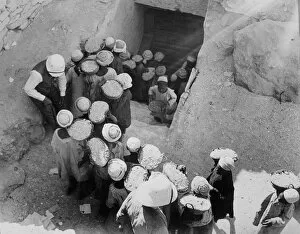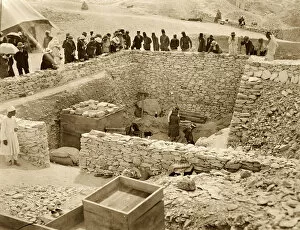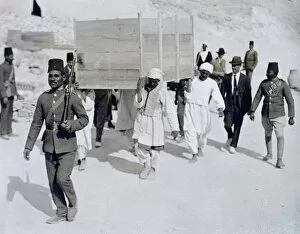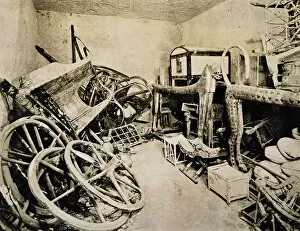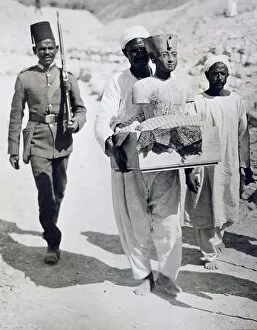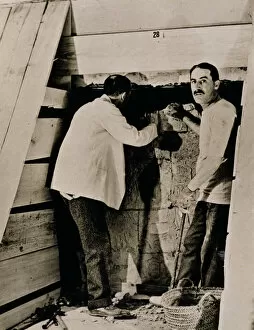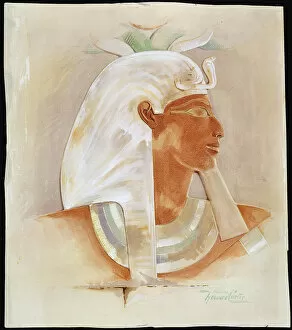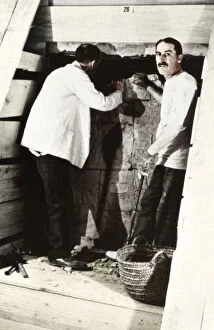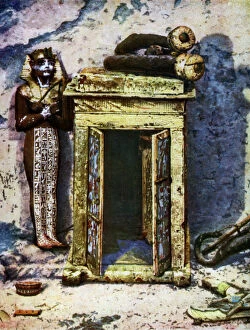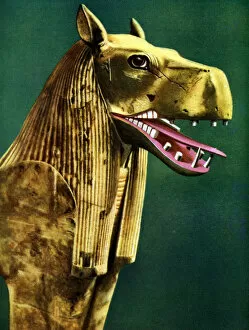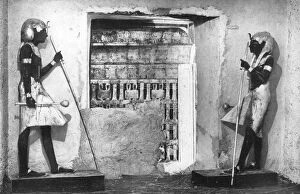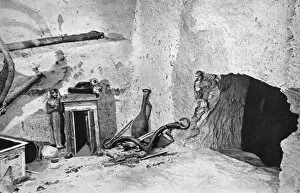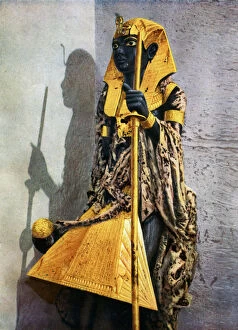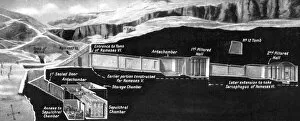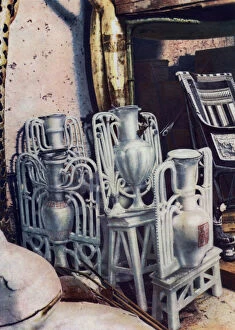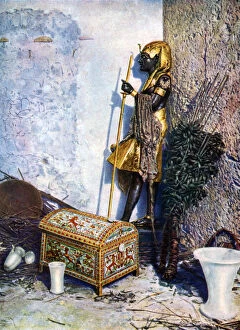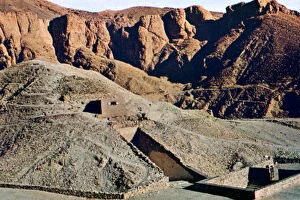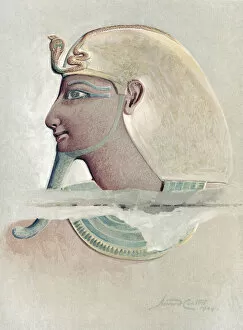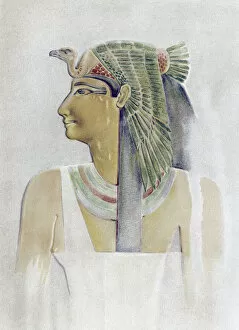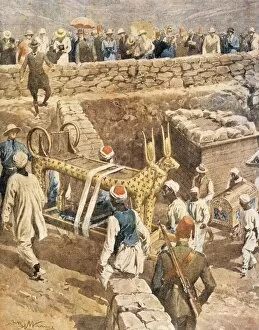Howard Carter Collection (#2)
Howard Carter: Unearthing the Treasures of Tutankhamun's Tomb Step back in time to 1922
For sale as Licensed Images
Choose your image, Select your licence and Download the media
Howard Carter: Unearthing the Treasures of Tutankhamun's Tomb Step back in time to 1922, as we delve into the captivating story and his groundbreaking discovery in the Valley of the Kings, Egypt. With each passing moment, history was being rewritten, and ancient secrets were unveiled. In awe-inspiring images captured by Harry Burton, we catch a glimpse of Carter's unwavering determination. Standing before the doors of the second shrine on that fateful day in January 1924, he peered through with anticipation. Little did he know that behind those doors lay one of the most extraordinary treasures ever found. Months later, inside the burial chamber itself, Carter meticulously worked on removing layers upon layers from Tutankhamun's coffin lid. His expertise and dedication shone through as he delicately revealed what lay beneath – a sight that had been hidden for centuries. Accompanied by his trusted assistant Arthur Mace, Carter tirelessly explored every nook and cranny within this sacred space. Together with Egyptian workers by their side, they carefully removed roof sections from shrines and shared moments filled with excitement and wonderment. As word spread about their incredible findings so far, archaeologists gathered around to listen intently as Carter explained each intricate detail. The discoveries were nothing short of remarkable – an Anubis statue standing tall among other priceless artifacts showcased just how rich this tomb truly was. Among these treasures stood out a golden portrait mask adorning Tutankhamun's mummy. This breathtaking piece became an iconic symbol not only for its beauty but also for its historical significance – forever etching Howard Carter's name into archaeological lore. The world marveled at Luxor's wonderful discovery; it was like stepping into a time capsule where ancient Egypt came alive once more. Color lithographs vividly depicted scenes from this monumental excavation – showcasing grandeur beyond imagination while reminding us all of the rich tapestry of human history.

